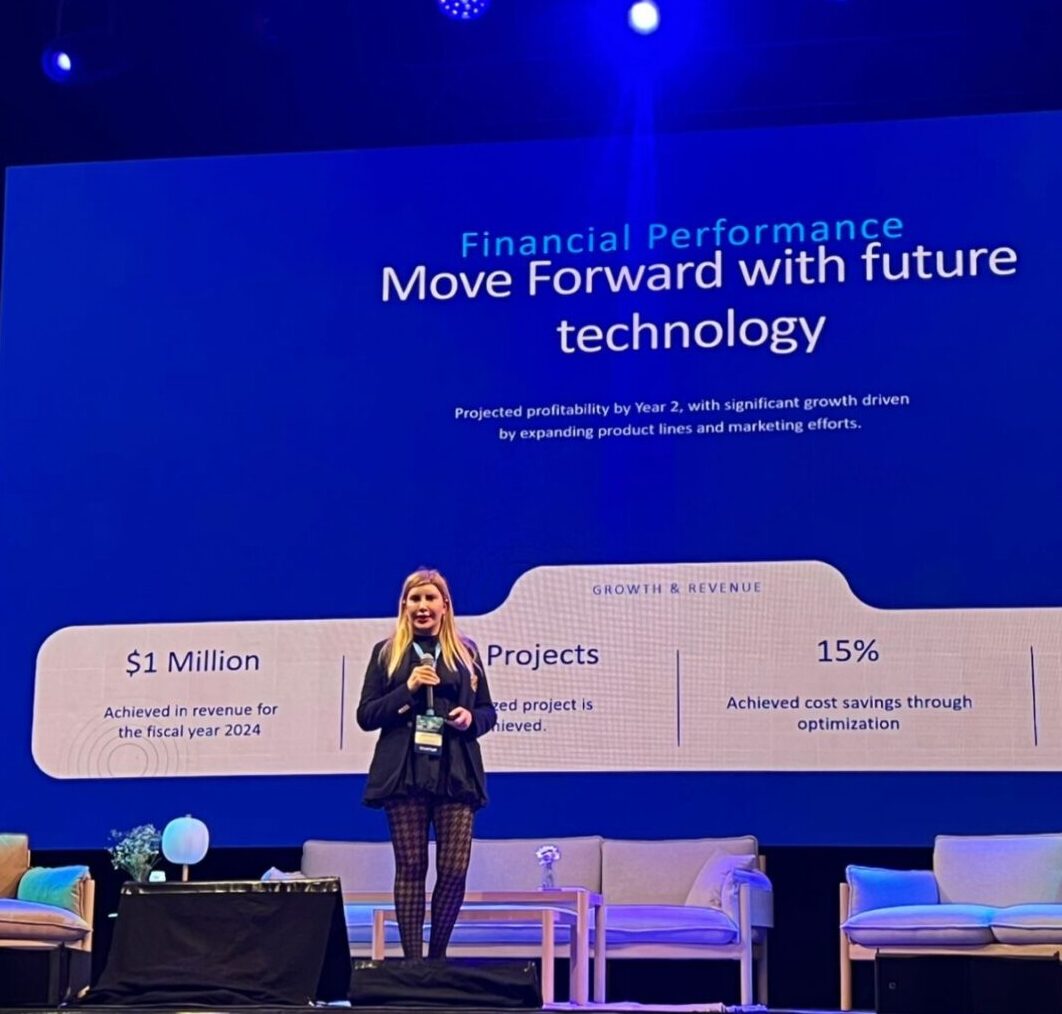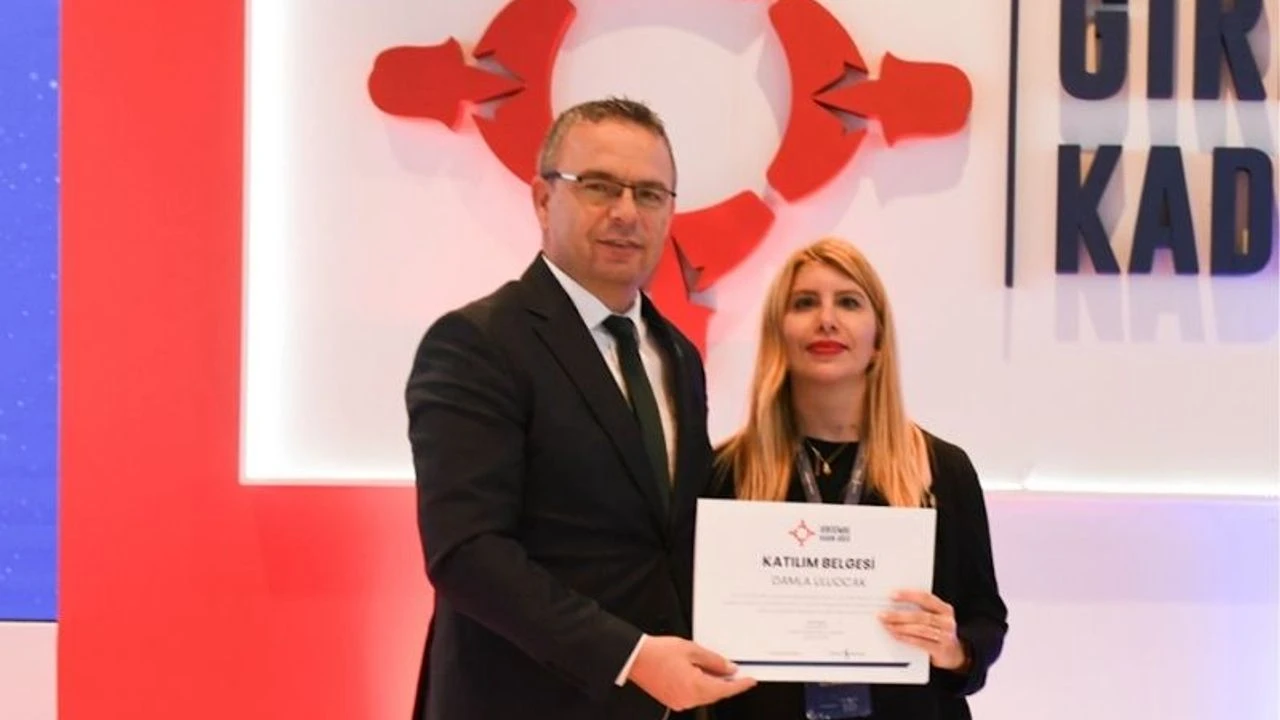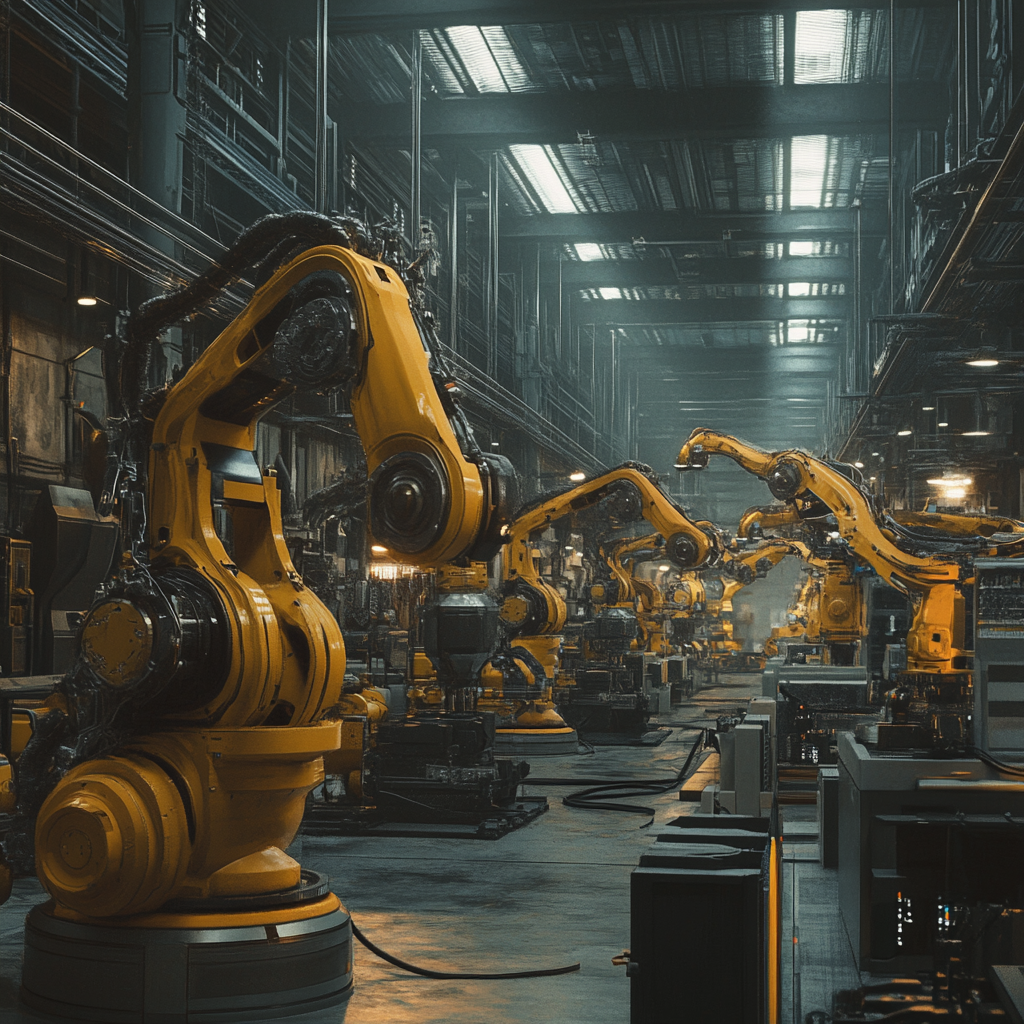The concept of Robotic Process Automation (RPA) might be familiar, but its significance is far greater than many realize. RPA is rapidly transforming global business operations, particularly as we approach 2024. This transformation is being driven by technological advancements and an ever-growing need for enhanced efficiency, cost reduction, and superior customer experiences.
1. Hyperautomation: The Vanguard of Efficiency
Hyperautomation—an advanced integration of RPA with artificial intelligence (AI), machine learning, and process mining—is poised to dominate the RPA landscape in 2024. This advanced strategy enables the automation of complex, end-to-end business processes, thereby significantly enhancing operational efficiency and agility. Gartner projects that organizations adopting hyperautomation will achieve a 25% increase in operational efficiency, marking it as a critical evolution in the pursuit of streamlined operations and competitive advantage.
2. AI-Driven Robotic Process Automation: The Emerging Standard
AI-driven RPA is set to become the new industry standard as manufacturing enterprises and other sectors seek to automate increasingly sophisticated tasks. By leveraging AI, RPA systems can now process unstructured data, adapt dynamically to changing environments, and autonomously make decisions with precision. This is not merely a trend; it is a necessary adaptation for businesses striving to maintain their competitive edge in a rapidly evolving market landscape.
3. The Ascendancy of Process Discovery Tools
Process discovery tools are gaining widespread adoption as they automatically analyze and map out existing business processes. These tools help organizations identify inefficiencies and prioritize automation opportunities, leading to a reported 40% reduction in manual effort, according to Forrester. The continued integration of these tools in 2024 will make automation efforts more data-driven and optimized for effectiveness.
4. Cloud-Based Robotic Process Automation: Scaling with Flexibility
The transition to cloud-based RPA solutions is becoming a standard practice due to their inherent scalability and flexibility. A recent Deloitte survey reveals that 64% of organizations have realized substantial cost savings by migrating their RPA operations to the cloud. This shift is democratizing access to RPA technologies, enabling organizations of all sizes to efficiently deploy and manage automation processes.
5. Human-Centric Robotic Process Automation: Empowering the Workforce
2024 will witness a surge in human-centric RPA initiatives aimed at enhancing the employee work experience. The proliferation of low-code platforms is empowering non-technical users—termed “citizen developers”—to design and implement automation solutions. This trend is accelerating the adoption of RPA while fostering a collaborative environment where humans and bots work in tandem, significantly boosting overall productivity.
6. Enhanced Security and Compliance: A New Priority
As RPA adoption becomes more widespread, the emphasis on security and compliance is intensifying. RPA providers are making substantial investments in advanced security features such as encryption, access control, and audit trails to ensure that automated processes are both secure and compliant with regulatory standards. This focus is crucial for organizations aiming to protect sensitive data and maintain the trust of their stakeholders.
7. Industry-Specific Robotic Process Automation Solutions: Tailored for Precision
Specialized RPA solutions designed to meet the unique demands of industries such as healthcare, finance, and manufacturing are emerging. These industry-specific tools are equipped with pre-built templates and features tailored to address particular challenges, making automation efforts more targeted, effective, and impactful.
8. The Integration of Advanced Analytics in Robotic Process Automation
Advanced analytics are becoming integral to RPA, offering data-driven insights that allow organizations to assess the effectiveness of their automation projects. These analytics enable businesses to fine-tune their automation strategies, resulting in improved efficiency and more informed decision-making processes.
Conclusion: Navigating the Future of Automation
The RPA landscape in 2024 promises to be dynamic, driven by hyperautomation, AI-powered solutions, and cloud-based platforms. As businesses navigate this evolving environment, staying abreast of these trends will be essential to sustaining a competitive advantage. To explore how these trends can be effectively integrated into your operations, visit Nilus Mühendislik’s automation services and position your business at the forefront of the automation revolution.
By embracing these forward-looking trends, organizations not only enhance their operational efficiency but also secure long-term success in an increasingly automated world.
At Nilus Engineering, we specialize in delivering state-of-the-art automation solutions tailored to the unique needs of your industry. Our expertise in RPA and our commitment to innovation ensure that your business is equipped with everything it needs to succeed in an increasingly automated world.
If you’re looking to enhance efficiency, reduce costs, or optimize your processes, our team is ready to guide you through every step of your automation journey.
Reach out to us today to learn how Nilus Engineering can leverage the power of RPA to propel your business forward.
By embracing these forward-looking trends, organizations not only boost their operational efficiency but also secure long-term success in an increasingly automated world. Let Nilus Engineering be your partner on this exciting journey.






